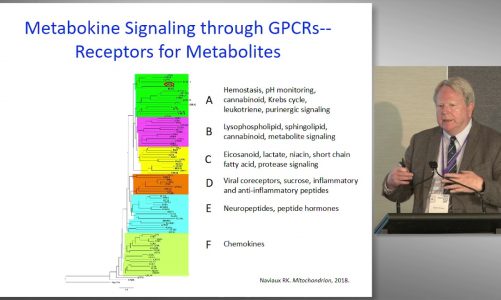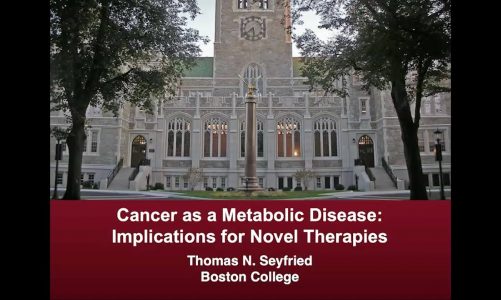📌 𝐅𝐨𝐥𝐥𝐨𝐰 𝐨𝐧 𝐈𝐧𝐬𝐭𝐚𝐠𝐫𝐚𝐦:- https://www.instagram.com/drgbhanuprakash
Join Our Telegram Channel HERE:- https://t.me/bhanuprakashdr
Subscribe To My Mailing List:- https://linktr.ee/DrGBhanuprakash
Cell Injury Part & Cell Adaptations Part 1 – Pathology || Fmge, Neet pg, and USMLE Step 1
Hypertrophy describes an increase in cell size due to increased demand.
Atrophy describes a decrease in cell size due to decreased demand.
Hyperplasia describes an increase in the number of cells due to increased stimulation.
Metaplasia is the change of one cell type to another cell type that is better suited to the new environment.
Mild or short-lived injury usually causes a reversible injury.
Severe or persistent injury usually causes an irreversible injury.
A major defining feature of reversible cell injury is cell swelling.
A major defining feature of irreversible cell injury is membrane rupture.
Coagulative necrosis is often caused by infarction or ischemia and is characterized by temporary maintenance of tissue structure.
Liquefactive necrosis is caused by enzymatic tissue breakdown and is the pattern of necrosis that occurs in brain infarction.
Caseous necrosis has elements of coagulative and liquefactive necrosis and is defined by the interaction between the immune system and an infectious agent.
Gangrenous necrosis is often associated with limb ischemia; it is a term used to describe the appearance of rotting tissue.
Fibrinoid necrosis is defined by the deposition of fibrin and immune complexes into the walls of blood vessels.
Fat necrosis is defined by the enzymatic digestion of adipose tissue.
ATP depletion prevents the proper function of several energy-dependent pumps that affect cellular ion concentration.
DNA damage can lead to cellular dysfunction or the development of a malignancy that is methodically eliminated by apoptotic cell death.
Protein misfolding may be due to DNA damage or damage to the organelles involved in the protein-creating process; it results in apoptotic destruction.
Necrosis is the direct consequence of a pathological process causing irreversible cell injury.
Apoptosis is a form of controlled cell death following signals mediated by physiological or pathological processes.
Apoptosis occurs via intrinsic or extrinsic pathways, which are triggered by different initiating factors.
#fmge #fmgevideos #rapidrevisionfmge #fmgejan2023 #mbbslectures #nationalexitexam #nationalexittest #neetpg #usmlepreparation #usmlestep1 #fmge #usmle #drgbhanuprakash #usmlebiochemistry #neetpgbiochemistry #biochemistryvideos #medicalstudents #medicalstudent #medicalcollege #neetpg2023 #usmleprep
source



